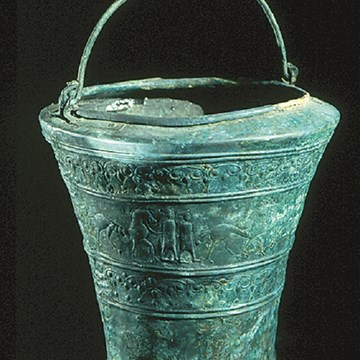The Dutch Self-Portrait
The Dutch Self-Portrait
This is perhaps the genre in which the artist is most vulnerable: the self-portrait. It reveals how the artist presents and views him- or herself, . In the seventeenth century, the genre had an extra meaning, for it was eloquent about the social status and position of the painter. The exhibition The Dutch Self-Portrait dissects the meaning of the genre during the Golden Age. Using about thirty paintings as examples, it presents the various types of self-portraits: for instance, the artist as 'gentleman of standing’ or as an artisan with painting tools. The self-portrait with tools of the trade, such as an easel and palette, are highlighted during this exhibition. The exhibition presents seventeenth-century self-portraits from Dutch and international collections, together with striking examples from our own collection, such as Rembrandt's famous last Self-Portrait.
Exhibitions and events

Rembrandt? The Case of Saul and David
Permanent exhibitionRembrandt? The Case of Saul and David In the summer exhibition, the Mauritshuis will focus on a single painting: Saul and David . The picture has been meticulously researched and...
Activities from this museum
We don't have anything to show you here.











